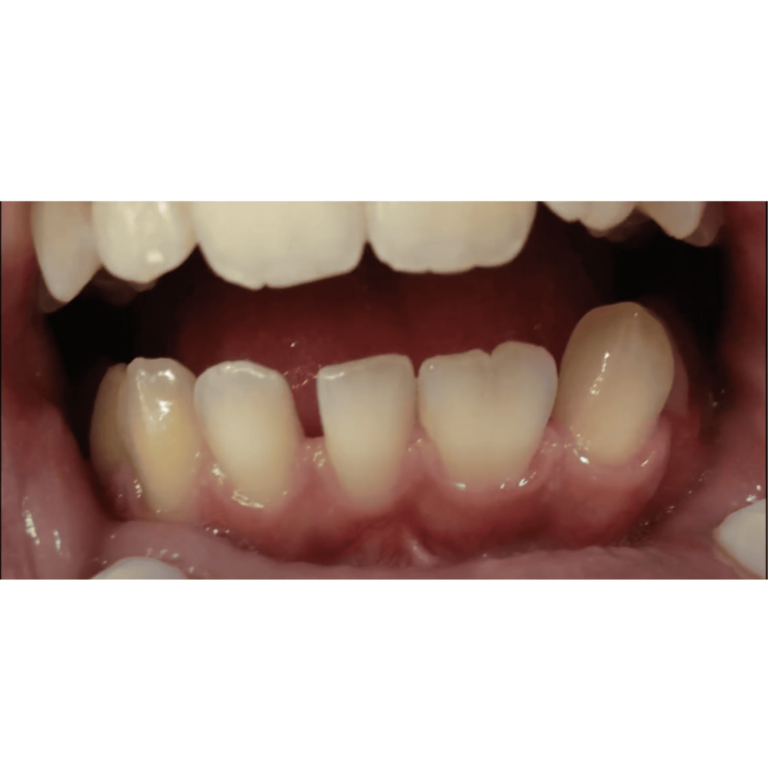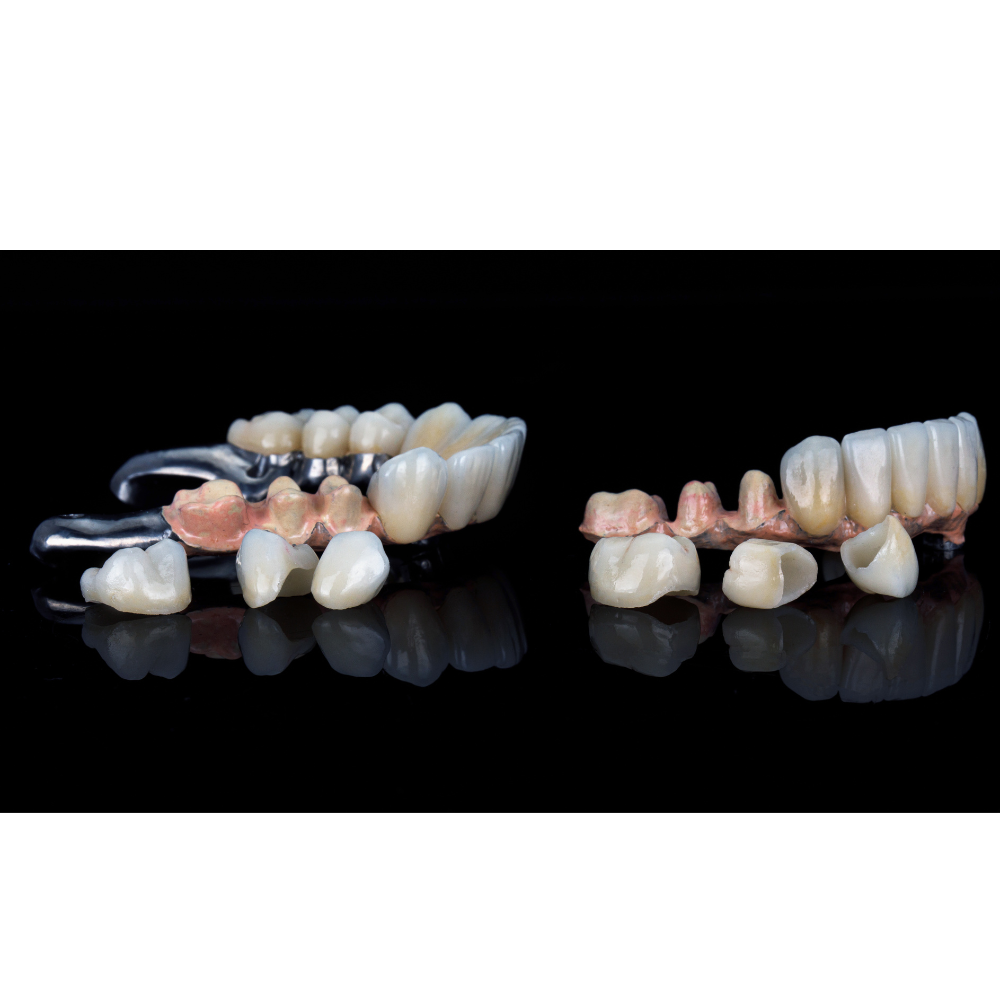What is Fusion Teeth | Here’s You Need to Know
Fusion in dentistry is a fascinating dental condition that many people may not be familiar with. Parents often notice fusion teeth when their child’s teeth appear unusually large or irregularly shaped. While it might seem like a minor anomaly, fused teeth can lead to various dental challenges.
Dental fusion is sometimes confused with a condition called gemination. It’s important to differentiate between the two because each condition requires a different approach to dental care. Let’s start by understanding what fusion teeth are.
What is Fusion Teeth?
Fusion teeth, also known as dental fusion, is a condition where two teeth are joined together forming a single larger tooth. This dental anomaly can occur in both primary teeth and permanent teeth, though it is more commonly seen in primary teeth. The two teeth fused can involve only the crowns or both the crowns and the roots, depending on the extent of the fusion.
What is Teeth Gemination?
Teeth gemination is a dental condition where a single tooth bud attempts to divide, resulting in a tooth that has an extra tooth-like structure. This often creates an irregularly shaped tooth with additional grooves or indentations.
Gemination Vs Fusion
| Gemination | Fusion |
| It affects only the crowns of teeth. | Fusion can involve both the crowns and roots of teeth. |
| Gemination often results in an irregularly shaped tooth with additional grooves | Fusion can lead to spacing problems and alignment issues in the affected tooth |
| Does not require treatment unless it causes functional or aesthetic concerns | Fusion may require dental intervention like orthodontic treatment or extraction, depending on the severity |
Causes of Fused Teeth
- Dental fusion can be hereditary, with a higher likelihood of occurrence if there is a family history of dental anomalies.
- During tooth development, trauma or environmental factors can disrupt the normal formation process, leading to fusion.
- Limited space in the dental arch can cause two developing teeth to come into close contact and fuse.
- Infections or inflammation in the area where teeth are developing can sometimes result in dental fusion.
Treatment For Fusion Teeth
Following is the treatment for fusion teeth depending on the severity and the specific dental issues they cause:
Dental Cleaning:
Mild cases may only require regular monitoring by a dentist to ensure no complications arise. Professional cleaning helps prevent plaque buildup in areas that are difficult to clean due to the fusion.
Orthodontic Treatment:
Braces or other orthodontic devices can correct alignment issues caused by fused teeth.
Restorative Procedures:
In some cases, dental bonding, veneers, or crowns may be used to improve the appearance and function of fused teeth.
Extraction:
Severe cases, especially those causing significant misalignment or other dental issues, might require extraction of the fused tooth.

Mader’s Two-Tooth Rule
Mader’s Two-Tooth Rule offers a practical way to differentiate between teeth gemination and dental fusion. According to this rule, if the fused teeth are counted as one and the total number of teeth in the dental arch is reduced then fusion is indicated.
This rule helps dentists accurately diagnose and manage these conditions which ensures appropriate treatment and maintaining proper dental alignment.
FAQs
Is Tooth Gemination Rare?
Yes, tooth gemination is rare. It occurs infrequently in baby or permanent teeth. Gemination is uncommon, it can lead to crowding and irregular tooth shapes sometimes requiring dental intervention.
What is a Fused Baby Tooth?
A fused baby tooth refers to a condition where two separate tooth buds in a child’s mouth merge during development which results in a single, larger tooth. This fusion can involve both the crowns and roots of the teeth. Fused baby teeth can have an irregular shape and can lead to spacing and alignment issues as the child’s dentition develops.
How Rare is a Conjoined Tooth?
A conjoined tooth, also known as fused teeth or dental fusion, is relatively rare. It occurs in 0.1% of the permanent and 0.5% of the primary Teeth.
What is a Fused Jaw at Birth?
A fused jaw at birth is a condition where the bones of the upper or lower jaw fail to separate during fetal development which results in a single, fused structure instead of two separate jaws. This condition, known as congenital jaw fusion or agnathia can lead to significant challenges with feeding, breathing, and speech development.



